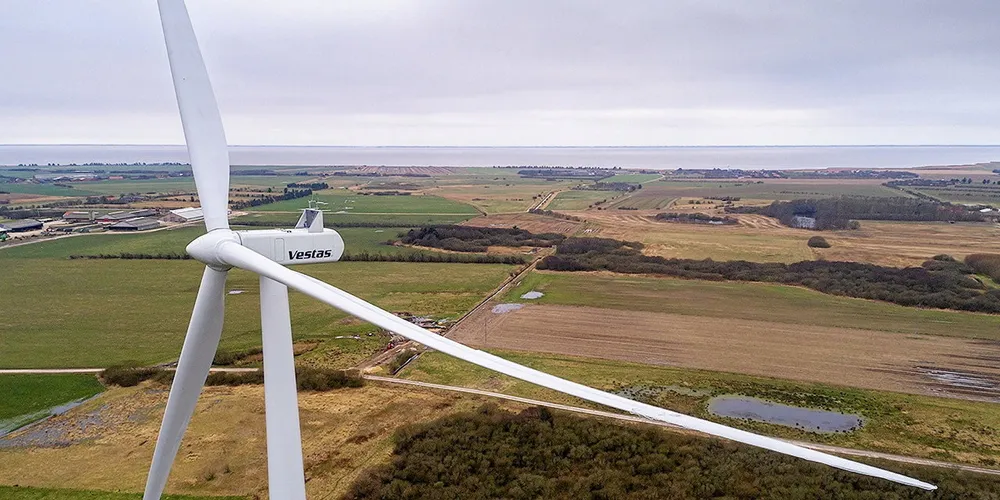Vestas wins US repowering order as older wind farms upgrade with climate law tax credits
After several slow years, the US turbine repowering market is set to rebound after passage of the landmark 2022 Inflation Reduction Act

Vestas has received a 158MW order to repower three undisclosed US projects, boosting its activity in a segment of the wind market set to grow as owners look to benefit from federal tax credits in the 2022 climate law.
The Danish OEM, which has held the number two spot in the US market for most of the last two decades, said the order consists of 72 V120-2.2MW turbines. Deliveries for each project are scheduled to begin in the fourth quarter with commissioning expected one year later.
The orders include supply, delivery, and commissioning of the turbines, as well as a 10-year Output Management 5000 service agreement.
In the US, Vestas said it has repowered more than 1GW of projects in the last five years across all major turbine brands.
American Clean Power Association (ACP), a national trade group based in Washington, DC, said its data shows Vestas undertook 1.46GW of turbine “partial repowerings” between 2019 and 2022. This compared with 2.11GW by Siemens Gamesa and 6.81GW by GE Renewable Energy.
A total of 13.8GW of onshore wind projects have been partially repowered in the last six years including 1.8GW in 2022, up slightly from the previous year.
In partial repowerings, ACP includes major retrofits, defined as complete replacement of the turbine’s rotor and blades, along with the replacement of at least one major component within the nacelle.
Also included are nacelle replacements, defined as complete replacement of a turbine’s nacelle, rotor, and blades, along with retention of the tower and foundation.
The Inflation Reduction Act, signed by President Joe Biden 16 August a year ago, provides 10-year production tax credits for repowered wind projects if they meet certain eligibility criteria.
The primary motivations for partial repowerings have been to requalify for the PTC, while at the same time increasing energy production at lower cost and extending the useful life of projects.
Average capacity factors for operating turbines installed between 2000 and 2011 are below 28% versus about 39% from 2012 to 2020, according to data from the US Department of Energy and Lawrence Berkeley Laboratory.
On 1 July, the US onshore wind fleet totaled 146.4GW with about 35GW installed before 2010 and 55GW before 2012. Some of those turbines are candidates for repowerings.
(Copyright)